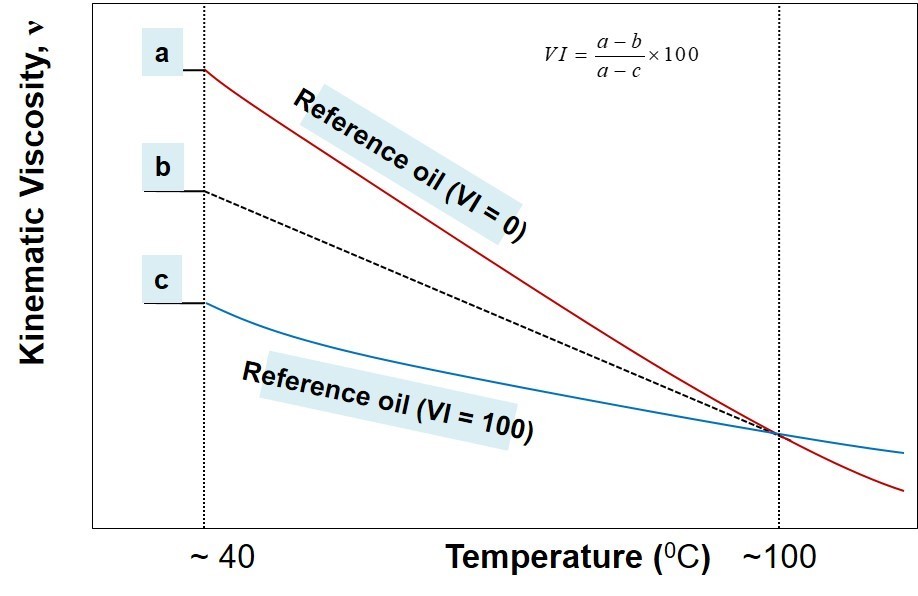

In cold weather, engine oil only deals with engine heat as the cold temperature of the environment won’t add thermal stress. That said, the somewhat thinner 10W30 oil will perform better in colder climates. So cold starts shouldn’t be an issue with these two oils. Low Running Temperature Or Cold WeatherĪs we already know, 10W-30 and 10W-40 have the same oil viscosity at lower temperatures.Īn oil type with a 10W winter rating won’t have problems in sub-zero ambient temperature, down to -30☌ (-22☏). Let’s see how each oil viscosity influences when and where you use them: 1. The primary difference between 10W-30 and 10W-40 lies in their viscosity at higher temperatures. Next, let’s find out how these multi viscosity oils compare in application and performance. In that case, 10W-40 motor oil would technically provide better protection against engine wear contact in higher temperatures. This means that at 100 oC, 10W30 engine oil has the viscosity of an SAE 30 single grade oil, and 10W40 oil has SAE 40 viscosity.ġ0W40 oil has a higher viscosity, retaining more thickness than 10W30 as the temperature rises. The higher the number, the more viscous or thicker, the oil is at higher temperatures. This is often regarded as the engine’s operating temperature. The second number (after the ‘W’) represents the oil’s viscosity at 100 oC (212 oF). The lower the number is, the thinner and more viscous the oil. This number is particularly important for vehicle startup when the engine is still cold, and the oil needs to flow quickly to lubricate it. So these oils act like an SAE 10W single grade oil at lower temperatures. Low temperatures are typically considered anything under 0 oC (32 oF).īoth 10W-30 and 10W-40 oils have a “10W” rating - an SAE grade for winter use (thus the ‘W’ appended onto it). The first number represents the oil’s viscosity at a low temperature. The first grade is the number before the “W,” and the second one is after.īut what do these numbers represent, exactly? Sometimes they’re called a “multi weight oil.” Viscosity - Converter Chart Convert between viscosity units like Centiposes, milliPascal, CentiStokes and SSU.10W-40 and 10W-30 are multigrade oils, meaning they carry the properties of two different grades of oil.Kinematic Vicosity is a fluid's resistance to flow and can be valued as dynamic (absolute) or kinematic. Viscous Liquid Flow Friction loss in schedule 40 steel pipe with viscous liquids - viscosities ranging from water to oil. Oil Flow Pressure drop in oil pipes - viscosities ranging 100 - 600 Saybolt Universal Seconds. Liquids - Kinematic Viscosities Kinematic viscosities of some common liquids like motor oil, diesel fuel, peanut oil and many more.Liquids - Densities Densities of common liquids like acetone, beer, oil, water and more.flow velocities on the delivery side when pumping light oils. Light Oil Pumping - Flow Velocities Recommended max.

#Oil viscosity chart in fahrenheit iso#

Fuel Oil Burners Pot types, gun types and rotary types fuel burners.Fuel Consumption Converter Convert between fuel consumption units like US MPG, Imperial MPG, litre/nm, litre/100 km and km/litre.Engine & Gear Oil - Recommended Viscosity vs.Viscosities Viscosities of products and chemical species at varying conditions.Combustion Boiler house topics, fuels like oil, gas, coal, wood - chimneys, safety valves, tanks - combustion efficiency.


 0 kommentar(er)
0 kommentar(er)
